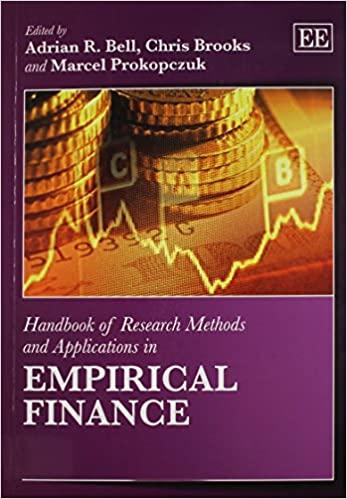

Question 5 (25 Marks) Part I involves an analysis of a set of financial statements and Part II involves forecasting and valuation based on those financial statements. Part I (10 Marks) The following is a comparative balance sheet for a firm for fiscal year 2020 (in millions of dollars): 2022 2021 2022 2021 Operating cash 60 50 Accounts payable 1,200 1,040 Short-term investments 550 500 Accrued liabilities 390 450 (at market) Accounts receivable 940 790 Long-term debt 1,840 1,970 Inventory 910 840 Property and plant 2,840 2,710 Common equity 1,870 1,430 5.300 4.890 5,300 4.890 The following is the statement of common shareholders' equity for 2022 (in millions of dollars): Balance, end of fiscal year 2021 1,430 810 Share issues from exercised employee stock options Repurchase of 24 million shares (720) Cash dividend (180) Tax benefit from exercise of employee stock options 12 Unrealized gain on investments 50 Net income 468 Balance, end of fiscal year 2022 1,870 The firm's income tax rate is 35%. The firm reported $15 million in interest income and $98 million in interest expense for 2022. Sales revenue was $3,726 million. Part II (15 Marks) Use a cost of capital for operations of 9%. Sales revenue is forecasted to grow at a 6% rate per year in the future, on a constant asset turnover of 1.25. Operating profit margins of 14% are expected to be earned each year. a. Forecast return on net operating assets (RNOA) for 2023. (2 Marks) b. Forecast residual operating income for 2023. (3 Marks) C. Value the shareholders' equity at the end of the 2022 fiscal year using residual income methods. (3 Marks) d. Forecast abnormal growth in operating income for 2024. (4 Marks) e. Value the shareholders' equity at the end of 2022 using abnormal earnings growth methods. (3 Marks) Question 5 (25 Marks) Part I involves an analysis of a set of financial statements and Part II involves forecasting and valuation based on those financial statements. Part I (10 Marks) The following is a comparative balance sheet for a firm for fiscal year 2020 (in millions of dollars): 2022 2021 2022 2021 Operating cash 60 50 Accounts payable 1,200 1,040 Short-term investments 550 500 Accrued liabilities 390 450 (at market) Accounts receivable 940 790 Long-term debt 1,840 1,970 Inventory 910 840 Property and plant 2,840 2,710 Common equity 1,870 1,430 5.300 4.890 5,300 4.890 The following is the statement of common shareholders' equity for 2022 (in millions of dollars): Balance, end of fiscal year 2021 1,430 810 Share issues from exercised employee stock options Repurchase of 24 million shares (720) Cash dividend (180) Tax benefit from exercise of employee stock options 12 Unrealized gain on investments 50 Net income 468 Balance, end of fiscal year 2022 1,870 The firm's income tax rate is 35%. The firm reported $15 million in interest income and $98 million in interest expense for 2022. Sales revenue was $3,726 million. Part II (15 Marks) Use a cost of capital for operations of 9%. Sales revenue is forecasted to grow at a 6% rate per year in the future, on a constant asset turnover of 1.25. Operating profit margins of 14% are expected to be earned each year. a. Forecast return on net operating assets (RNOA) for 2023. (2 Marks) b. Forecast residual operating income for 2023. (3 Marks) C. Value the shareholders' equity at the end of the 2022 fiscal year using residual income methods. (3 Marks) d. Forecast abnormal growth in operating income for 2024. (4 Marks) e. Value the shareholders' equity at the end of 2022 using abnormal earnings growth methods








